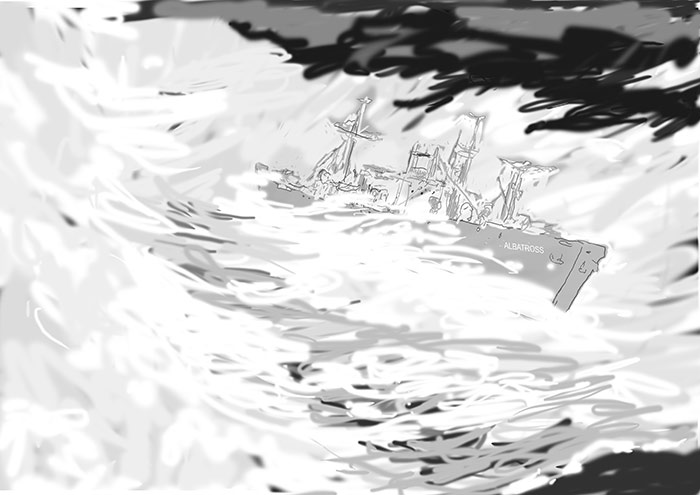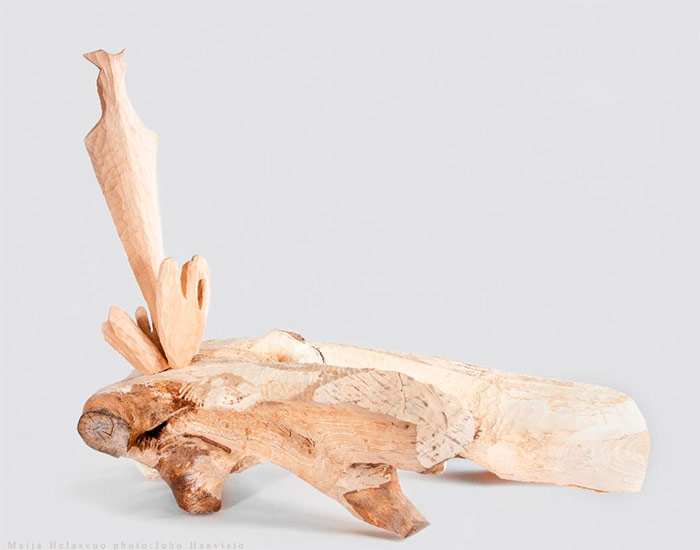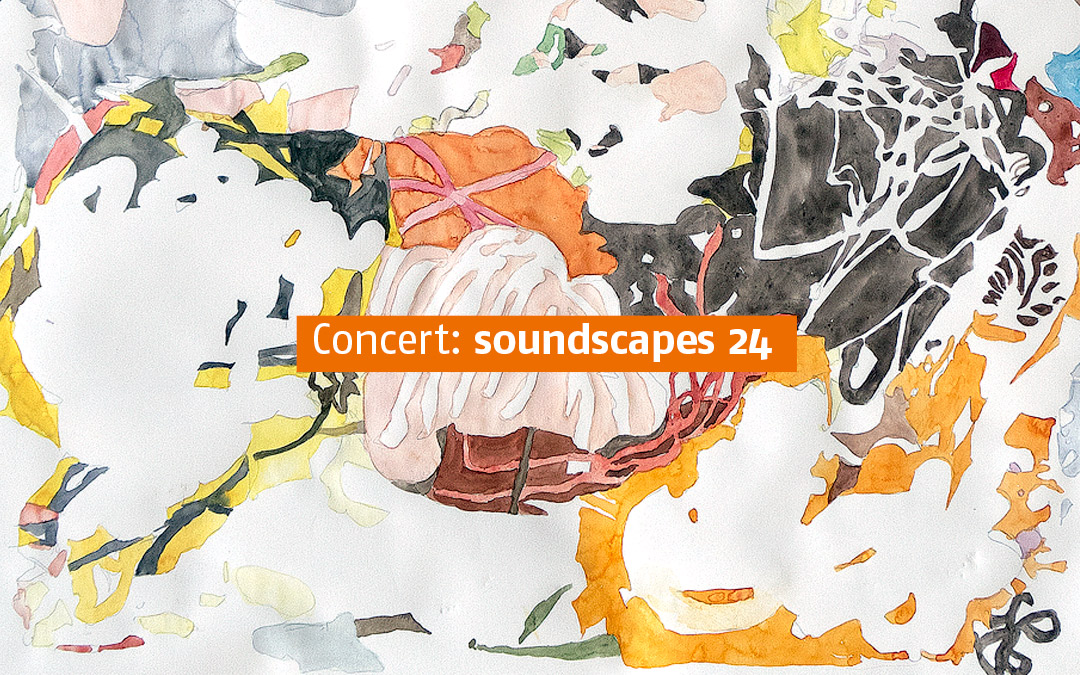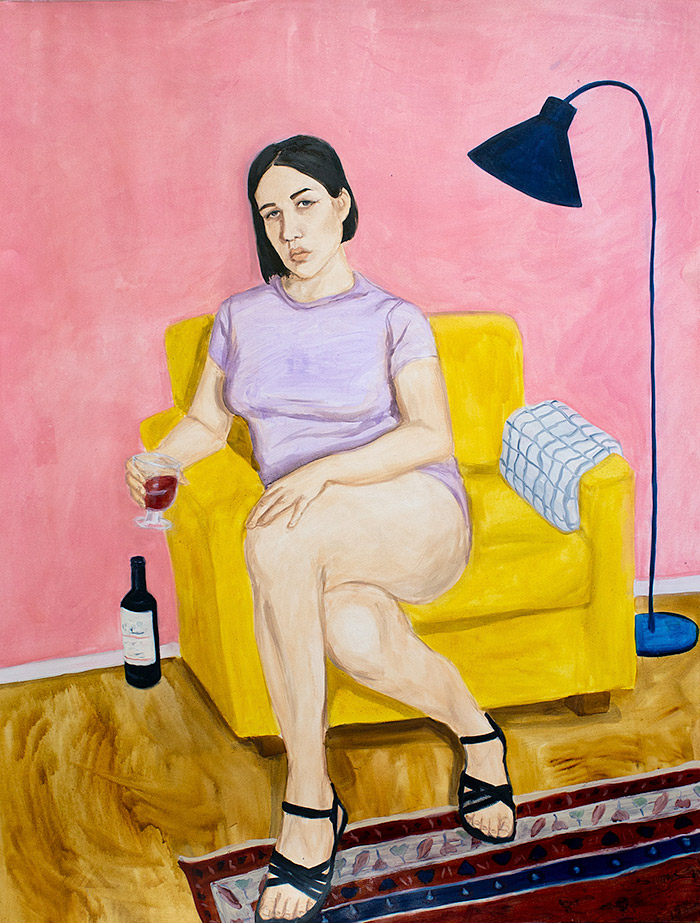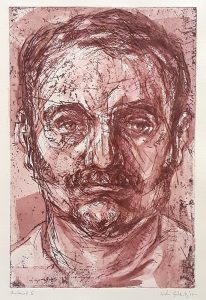Maija Helasvuo
Toolbox Kabinett:
Susanne Ring, Berlin »mein Hund bellt Farben«
https://www.susannering.net
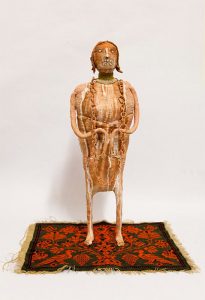
Welcome: Vernissage / Opening: Friday / Freitag 28.012.2020, 7pm
Open on Sunday 01 March, 2020, 2–6pm
Ausstellungsdauer / Exhibition: 29 February – 21 March 2020
Öffnungszeiten / Opening hours: Wed–Sa 3–7pm
An Feiertagen ist die Toolbox geschlossen
On Bank holidays Toolbox is closed
Maija Helasvuo
Artist’s Statement
My sculptures address the experience of life being limited, our dependence on our own physical existence and especially on other people.
A human is part of a human community. The fields of our social interactions largely define the framework of our actions. Even our separation and isolation always stand in relation to others. Our ability to be intimate is the starting point of our existence. Our ability to take care carries us from one generation to another. Independence is inevitable, yet even our independence stands in relation to others, our diverse communities.
As neither the fields of interaction surrounding us nor our relations to others can be physically touched by the hand, we need sculptures to concretize these abstract experiences. In my view and experience, a sculpture still is a functioning means of symbolic thinking for human communities. In practice, this has already been the case since early cult objects.
Creating a sculpture is slow, at least for me. My themes develop slowly, if at all.
My topics of limitations and dependence on others intertwine and reveal themselves repeatedly. The material’s resistance is important to me. The physicality of creating a work is often enjoyable. The slowness in working with the material and the physical effort create time for thinking and for the opportunity to calmly solve sculptural problems.
I tend to get the impression that the slowness in making a sculpture does not prevent, but in fact assists the sculpture opening up to its viewer as an abrupt experience, even resembling a physical shock.
The viewer is important to me. The sculpture is a means to communicate with and within the community.
Maija Helasvuo
Sculptor, MFA
________
Meine Skulpturen thematisieren das Erlebnis der Begrenztheit des Lebens, unsere Abhängigkeit von der eigenen physischen Existenz und insbesondere von anderen Menschen.
Ein Mensch ist Teil menschlicher Gemeinschaft. Unsere sozialen Interaktionsfelder bestimmen zu großen Teilen die Rahmenbedingungen unseres Handelns. Sogar unsere Abgrenzung und Isolation stehen immer in Beziehung zu anderen. Unsere Fähigkeit zu Intimität ist der Ausgangspunkt unserer Existenz. Unsere Fähigkeit sich um andere zu sorgen trägt uns von Generation zu Generation. Selbstständigkeit ist unabdingbar, und doch steht auch sie in Beziehung zu anderen, zu unseren vielfältigen Gemeinschaften.
Da wir weder die uns umgebenden Interaktionsfelder noch unsere Beziehungen zu anderen mit den Händen greifen können, brauchen wir Skulpturen als eine Konkretisierung unserer abstrakten Erlebnisse. Ich fühle und sehe Skulpturen weiterhin als funktionierendes Mittel des symbolischen Denkens menschlicher Gemeinschaften. Tatsächlich gilt dies bereits seit frühzeitlichen Kultobjekten.
Die Anfertigung einer Skulptur ist langsam, zumindest für mich. Meine Motive entwickeln sich langsam, wenn überhaupt.
Meine Themen von Begrenztheit und (die) Abhängigkeit von anderen, verflechten sich und erscheinen wiederholt. Der Widerstand des Materials ist wichtig für mich. Oft genieße ich das physische Erstellen des Werkes. Die Langsamkeit beim Bearbeiten des Materials und die physische Anstrengung schaffen Zeit, um nachzudenken und bildhauerische Probleme in Ruhe zu lösen.
Es scheint mir, dass das langsame Erstellen eines Werkes es keinesfalls hindert, sondern fördert, dass ein Werk sich den Betrachtenden öffnet als eine abrupte Erfahrung, welche sogar einem physischen Schock ähneln kann.
Die Zuschauer sind mir wichtig. Eine Skulptur ist ein Mittel, um mit und in einer Gemeinschaft zu kommunizieren.
Maija Helasvuo
Bildhauerin, MFA
________
Veistokseni käsittelevät elämän rajallisuuden kokemusta, riippuvuuttamme omasta fyysisestä olemassaolostamme ja erityisesti muista ihmisistä.
Ihminen on ihmisyhteisön osa. Sosiaaliset vuorovaikutuskenttämme pitkälti määrittelevät toimintamme puitteet. Myös erillisyytemme ja eristyneisyytemme on aina suhteessa muihin. Kykymme läheisyyteen on olemassaolomme lähtökohta. Kykymme hoivata, kantaa meitä sukupolvelta toiselle. Itsenäisyys on välttämätöntä, mutta itsenäisyytemmekin on suhteessa muihin, moninaisiin yhteisöihimme.
Koska emme voi käsin koskea meitä ympäröiviä vuorovaikutuskenttiä tai suhdettamme muihin, tarvitsemme veistosta konkretisoimaan abstraktit kokemuksemme. Koen ja näen veistoksen olevan edelleen ihmisyhteisölle toimiva symbolisen ajattelun väline. Käytännössähän näin on ollut jo varhaisista kulttiesineistä alkaen.
Veistoksen tekeminen on hidasta, ainakin minulle. Teemani kehittyvät hitaasti, jos ollenkaan.
Aiheeni, rajallisuus ja riippuvuus muista, kietoutuvat ja paljastuvat yhä uudelleen. Materiaalin vastus on minulle tärkeää. Teoksen tekemisen fyysisyys on usein hauskaa. Materiaalin työstämisen hitaus ja fyysinen ponnistelu luovat aikaa ajattelulle ja mahdollisuudelle ratkaista rauhassa veistoksellisia ongelmia.
Olen ollut huomaavinani, että teoksen tekemisen hitaus ei estä, pikemminkin edesauttaa veistoksen avautumista katsojalleen äkillisenä, jopa fyysisen shokin omaisena kokemuksena.
Katsoja on minulle tärkeä. Veistos on väline kommunikoida yhteisön kanssa ja sen sisällä.
Maija Helasvuo
Kuvanveistäjä, KuM
